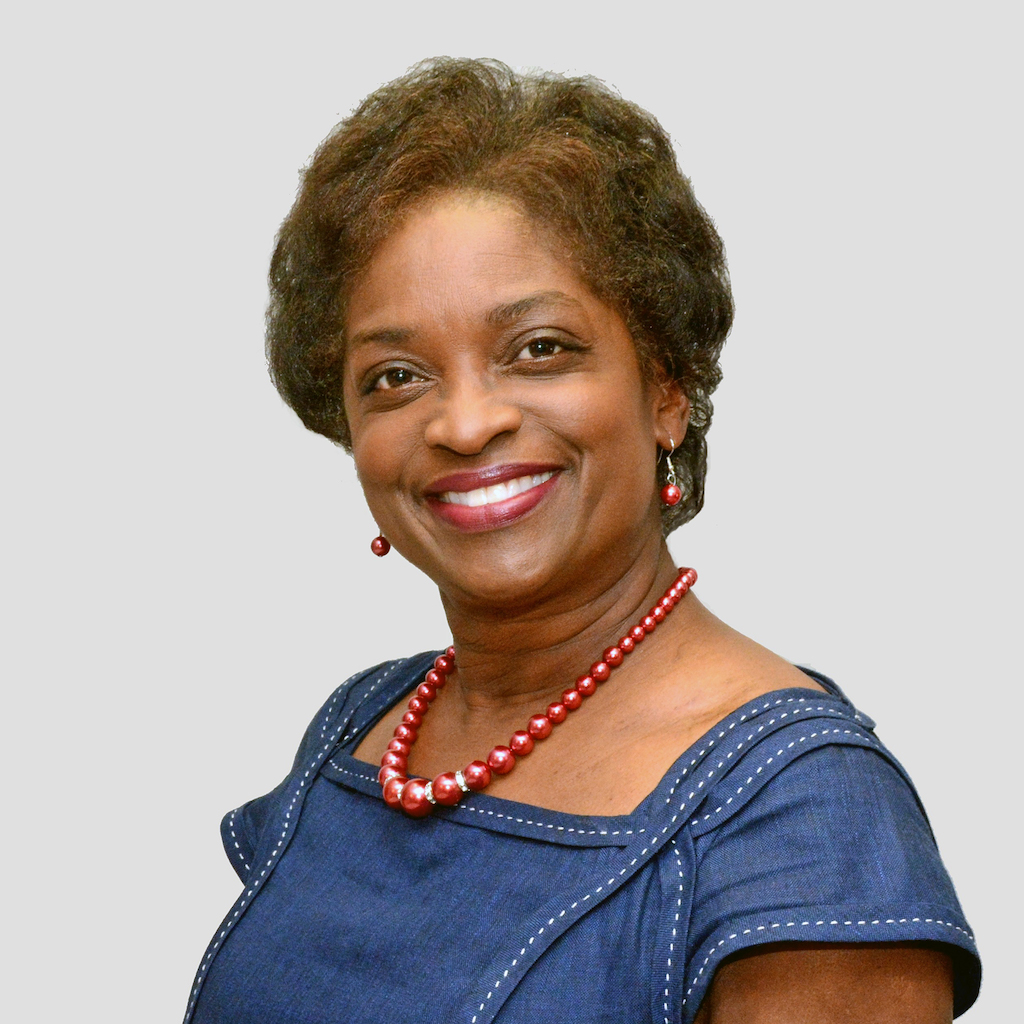Throw a Lifeline Across the Digital Divide
Changing the name of this event from the time-honored “Cable Show” to “INTX: The Internet & Television Expo” is one way of recognizing that the media landscape is in the midst of being transformed. While the old adage “content is king” remains true, that content is now being provided by a flood of new entrants, along with traditional media companies.
And while cable, satellite, and broadcast outlets continue to play a critical role on the distribution side, an entirely new suite of platforms has taken hold. From Netflix and Hulu, to Sling and Amazon, to HBO Now and CBS All Access, over-the-top offerings are providing consumers with increasingly diverse and innovative programming at a wide variety of price points.
But to take advantage of these new, diverse offerings, consumers need access to broadband. Even more important, broadband is necessary to connect to jobs, online education, healthcare … services and opportunities that can dramatically improve and enrich people’s lives. I strongly believe that broadband is the greatest equalizer of our time. It is no longer a luxury, but a necessity. For too many Americans, however, broadband remains out of reach. Nearly half of adults with annual incomes of less than $30,000 do not have broadband access at home.
The FCC’s Lifeline program, originally established in 1985, was designed to ensure that Americans have universal access to telephone service because it was found that such access was “crucial to full participation in our society and economy, which are increasingly depending upon the rapid exchange of information.” The FCC emphasized at the time that its “responsibilities under the Communications Act require us to take steps … to prevent degradation of universal service and the division of our society … into information ‘haves’ and ‘have nots.’ ”
Today, a full three decades after the creation of Lifeline, the program still only funds voice service. It has been stuck in a bygone era since its inception and is in need of serious reform. Over the past few months, I have outlined a vision for changes that I believe are needed to usher the program into the digital era and ensure that we are meeting the statutory directive for universal service. These include:
• Establishing minimum service standards for any provider that receives a Lifeline subsidy. This will ensure that we get the most value for each universal service dollar spent and better service for Lifeline recipients.
• Relieving providers of responsibility for determining customer eligibility. Lifeline is the only federal benefit program I know of where the provider determines the consumer’s eligibility. That must cease. For providers, this change would yield significant administrative savings, and for consumers, it would bring dignity to the program experience.
• Leveraging efficiencies from existing programs. A coordinated enrollment system would allow customers to enroll in Lifeline at the same time that they apply for other benefit programs; and
• Instituting public-private partnerships and coordinated outreach efforts. The lack of a centralized effort is leaving too many who qualify behind.
Key to reforming Lifeline is more competition, and a recalibrated program should encourage more providers to participate. NCTA members provide broadband services throughout the nation and could play a critical role in achieving Lifeline’s universal service objectives. There are already cable operators with offerings designed to stimulate broadband adoption that are targeted to the same population as Lifeline, but they do not participate in the program. We need your input to encourage more broadband providers to participate in Lifeline because more competition would provide better service, increased options for consumers, and new revenue streams for industry.
One way to expand participation is to streamline the administrative process, including by re-evaluating whether a provider needs to be an “eligible telecommunications carrier” to receive Lifeline support. In the wake of the 1996 Telecom Act, the FCC concluded that it has “the authority . . . to extend Lifeline to include carriers other than eligible communications carriers,” but declined to do so at that time.
A lot has changed since that decision was made in 1997, and I think it is time to revisit this issue. ETC status is not required for providers to receive support under the E-rate universal service program, for example, and we have broad participation in that program, including from cable operators. I believe we should consider a more streamlined process for Lifeline participation, with sufficient levels of oversight to guard against waste, fraud and abuse.
Reforming Lifeline is not going to entirely undo the digital divide, for we need public-private partnerships to address issues other than affordability to encourage broadband adoption. But with carefully calibrated reforms and collaboration between regulators and the industry I believe Lifeline has the potential to become a much more effective tool in tackling this chronic problem. I look forward to working with NCTA and its members to accomplish this result.
Mignon Clyburn is a Federal Communications Commissioner.
Multichannel Newsletter
The smarter way to stay on top of the multichannel video marketplace. Sign up below.
Mignon Clyburn is a former commissioner and acting chair of the Federal Communications Commission and a senior adviser to the Streaming Innovation Alliance.

